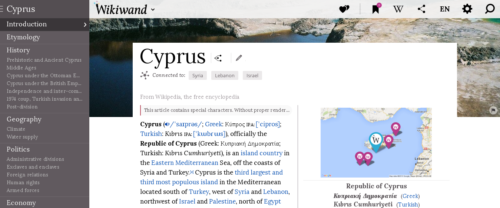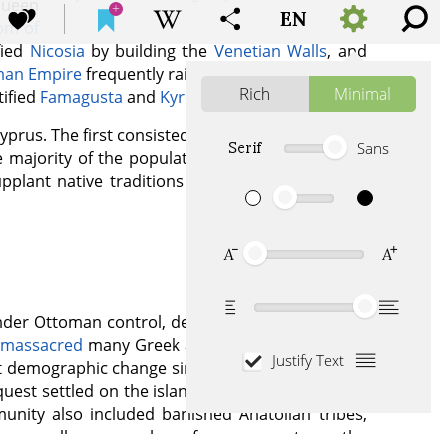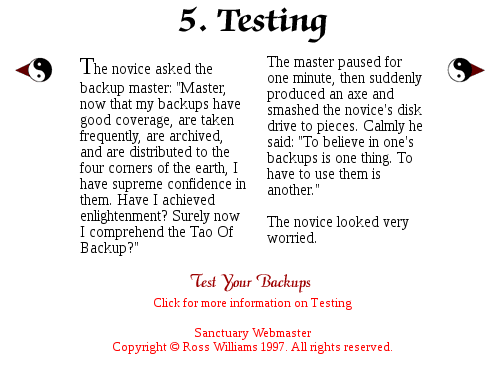There are days, when I feel jealous of all the young kids playing around with new technologies. I need a certain level of stability and acceptance of the technology before I can apply it to client projects. And I need time, which is a very scarce resource lately.
And yet there are days, when I feel good about being somewhat reserved and conservative in my technology stack choices. Reading this blog post makes me feel just that. Of course I need to try it out for myself and shape my own opinion, but with my lack of time, this should do.
I spent a year trying to make Javascript and more specifically Node work for our team. Unfortunately during that time we spent more hours chasing docs, coming up with standards, arguing about libraries and debugging trivial code more than anything.
Would I recommend it for large-scale products? Absolutely not. Do people do that anyway? Of course they do. I tried to.
I would however recommend Javascript for front-end development such as Angular or React (like you have another choice).
I would also recommend Node for simple back-end servers mainly used for websockets or API relay.
Now if only somebody wrote a similar post about Docker …


